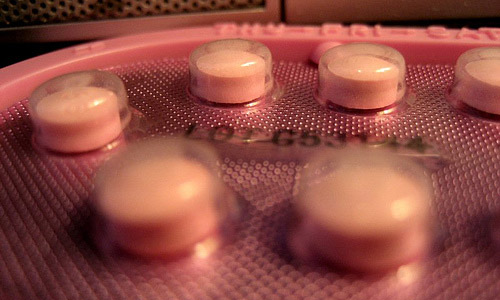What Are The Different Birth Control Methods To Avoid Pregnancy?

Photo Courtesy: brains the head
Imagine a 16-year old girl getting pregnant and giving birth to a child. This can have dire consequences, not only for the young girl but also for her family. Though teen pregnancy is fairly acceptable in the society, it is the actual responsibility of caring for a child that can be unnerving to a 16-year old girl who herself is a child.
Contraceptives or birth control measures are a better alternative to this scenario. They are basically methods and devices by which pregnancy can be avoided. So, it is necessary for both men and women, especially the young ones, to know about them. Contraceptives or birth control measures are available for both men and women and even the boy or man has to be equally responsible for this shared act. With advancement in technology, birth control measures available are so many and that too for both the sexes. Men have fewer options as compared to women. From patches, rings, implanted uterine systems to hormonal options, there are so many birth control methods available to women in this day and age. On the other hand, men have just 2 major options, condoms and sterilization or vasectomy by surgery. Before we inform you about the different birth control methods, we would like to give you a piece of advice. Women using contraceptives should avoid smoking as this can cause grave issues and side effects.
Intra-uterine Devices (IUD/IUS)
This device gives up to 99% protection against pregnancy while it does not protect against HIV and sexually transmitted diseases. A small T-shaped device is inserted in the uterus. This process needs to be done by a trained doctor. A week after the period, the lady has to go to the doctor for vagina and cervix cleaning. Then with a help of small plastic tube, the doctor inserts the IUD in the uterus. The IUD is monitored by strings.
Two types of IUDs are in use. The first, introduced ages ago, was made of copper while the latest IUD is that of a hormone that releases progestin. The copper IUD lasts for 12 years while the hormone IUD for 5 years. The copper IUD is vastly suggested for women in monogamous relationships while hormone IUD can be used by women in case of multiple partner relationships or short relationships. The side effects like stronger cramps and heavy menstrual blood flow is minimized in hormone IUDs. The major side effect of IUDs can be pregnancy outside the uterus known as ectopic pregnancy or ovarian cysts especially in hormone IUD. Women also face the risk of pelvic inflammatory disease on using IUD. This is more marked in copper than in hormone IUD. The other risk is that the IUD can be dislodged and can hurt the walls of uterus. So, the women have to take precaution to check and ensure that the IUD is in place and does not cause any unnecessary problems. The other risk is in the first 3 to 6 months when some women may either not have periods or have irregular periods. In some cases, spotting can be seen too. IUD should be avoided by women suffering from fibroids. One of the positive aspect of IUD is that fertility can be revived immediately on removal of the IUD, especially the copper IUD. In the hormone IUD, there is a slight lapse of time before fertility is revived.





